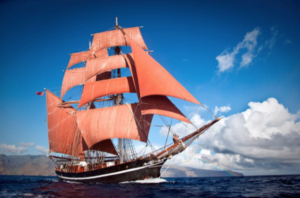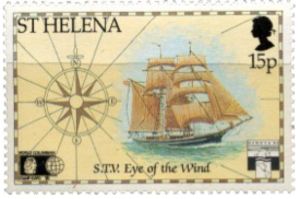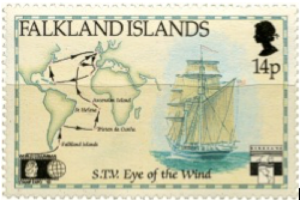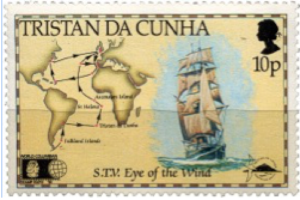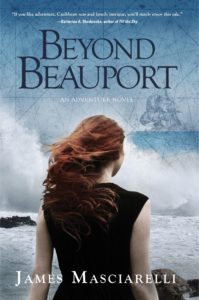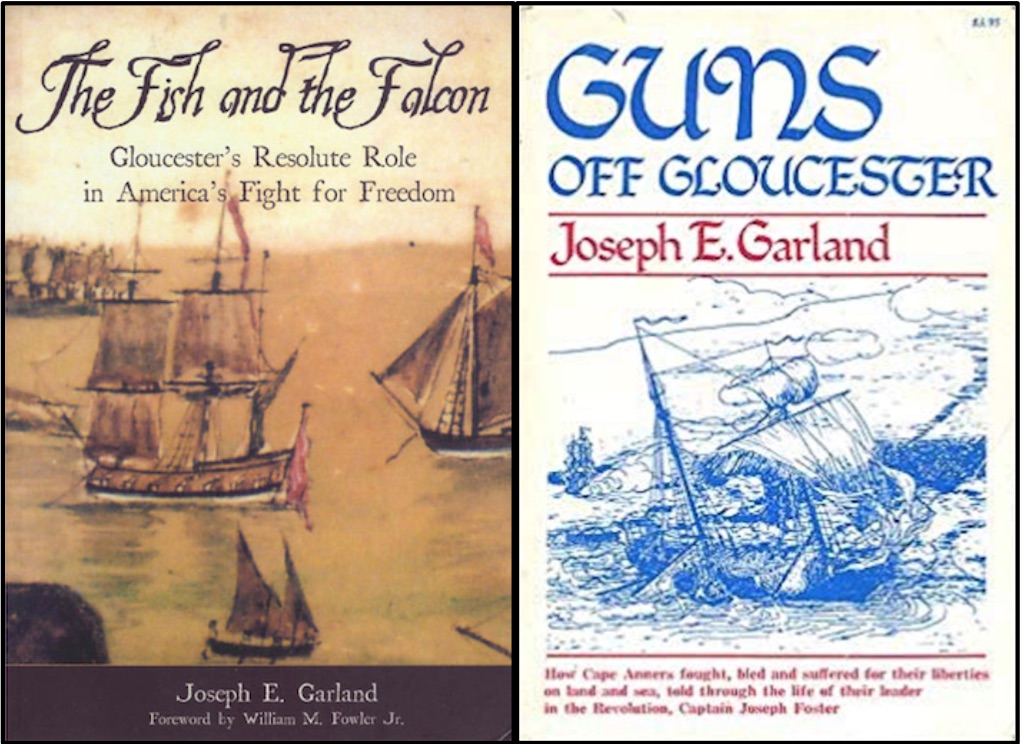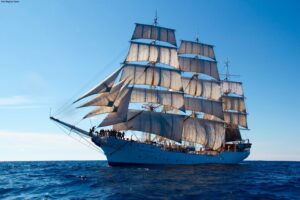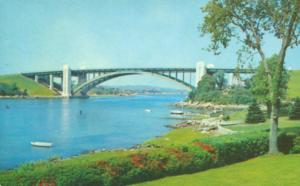
In Beyond Beauport, my adventurous mid-life protagonist Shannon Clarke takes to the sea on her uncle Patrick’s brigantine ship Second Wind to seek her pirate ancestry and hunt for authentic pirate gold. She aspires to captain the vessel and writes a tribute poem with a 4-3-4-4 beat. Readers appreciated this as Second Wind became an important character in the story.
A Second Wind
Gusts anew
At water lined,
Sea skies of blue. Trial, by error,
Forebears bent
Hardwood and steel
Designs well meant. A shipwright’s vow
Never fail
Embark upon
The Age of Sail. Dark hulled, white stripe
Brigantine-
Seafaring type
So libertine. Bolder than most;
No limit.
Sailors do boast
Cozy in it. Art and Science
Navigate
Seas of freedom
Bounded by fate. A ship to live
And to love
Aboard to work
The pleasure of. Full temperament
Male, female
With mast and curve
Sweet heart of sail. The Second Wind
Brigantine
Spread great sea wings
So libertine. Pirate, Patriot,
Captain’s Stand
Old Salts Return
With Second Wind Thank You, My Mates
Precious Few
Again, Again
We Sail Anew.
END
